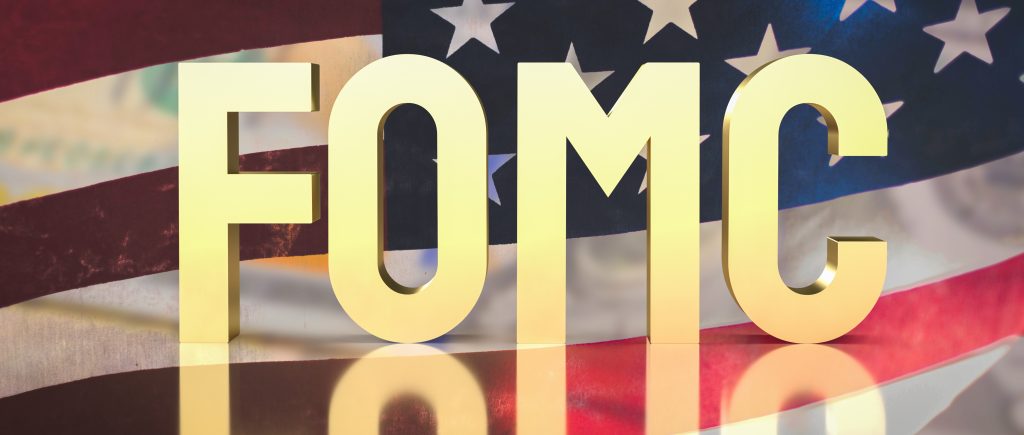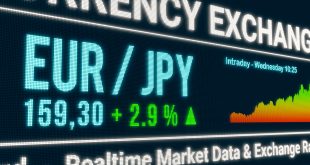The Fed meeting will be closely watched for any signals of a shift in its monetary policy stance. A dovish hold with a timeline for QT could calm markets, while a hawkish tilt due to inflation concerns could lead to volatility.
The Federal Reserve’s interest rate decision on Wednesday, March 20, is a pivotal moment, with investors seeking clues on the performance of key traded assets across the board. Here’s a breakdown of key expectations:
All Eyes Focus on Powell’s Press Conference
Chair Jerome Powell’s post-meeting press conference will be under intense scrutiny. Investors will dissect his every word for hints about the Fed’s future path on rate cuts and quantitative tightening (QT). The December projection of three rate cuts in 2024 could be revised in the Fed’s “dot plot,” and Powell’s comments will be crucial in understanding the rationale behind any adjustments.

Recent stronger-than-expected inflation data has cast a shadow over the Fed’s dovish stance. Powell may walk a tightrope, acknowledging concerns about inflation while emphasizing signs of slowing price increases. He’ll likely strike a delicate balance between reassuring markets that the Fed is committed to price stability and signaling the central bank is nearing a point where it could begin easing monetary policy. Investors will be looking for any hawkish or dovish shifts in his tone, with significant implications for borrowing costs and asset prices.
While markets are currently positioned for rate cuts later in 2024, the inflation data raises concerns about a potential hawkish tilt from the Fed. Powell’s comments could significantly impact market sentiment. If he leans dovish and outlines a clear timeline for tapering QT, it could calm markets. Conversely, a hawkish tilt due to inflation worries could lead to volatility, particularly in interest rate-sensitive sectors like technology and growth stocks.
The Wider Picture
The Federal Reserve is waiting for a clearer sign that inflation is under control before lowering interest rates in 2024. Although inflation has come down from its peak in 2022, February data showed a slight increase, raising concerns about the pace of progress. Housing and gasoline prices are the main contributors to inflation, causing headaches for policymakers.
The Fed wants inflation to reach its target of 2% before cutting rates. This cautious approach could put them in a difficult position during the upcoming presidential election. While rate cuts could stimulate the economy and benefit the Biden administration, they could also be misconstrued by voters.
 Noor Trends News, Technical Analysis, Educational Tools and Recommendations
Noor Trends News, Technical Analysis, Educational Tools and Recommendations





